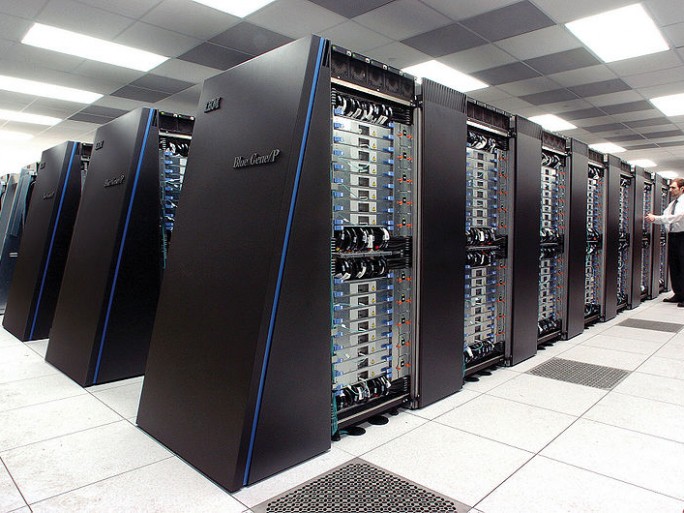HPC server market competition to heat up, IDC predicts

Flat growth in Q2 year on year
The high performance computing (HPC) technical server market has remained flat compared to the same quarter last year, if IDC is to be believed, which also noted that second quarter revenues dipped slightly, by 0.9 percent, to $2.4 billion.
IDC believes that, despite this, HPC technical server market revenues will be up 7.1 percent compared to the last year, reaching $11 billion compared to $10.3 billion in 2011. The best revenues were found in the high end supercomputers segment for HPC systems, selling for $500,000 and up. Revenue here grew 21.8 percent over the first quarter of 2012 to reach $1.17 billion. Workgroup HPC systems sold for under $100,000, however.
Unit shipments were down 21 percent compared to the same time last year, and 20 percent compared to the fourth quarter of 2011. Selling prices grew but the trend towards large system sales continued.
48.6 percent of global HPC technical servers was thanks to high-end supercomputers. The Divisional segment in the $250,000 to $499,000 price bracket made up 13.4 percent of the revenue, while the Departmental segment – in the $100,000 to $249,000 price band – made up 27.5 percent of revenues. The Workgroup segment made up 10.6 percent.
IBM and HP were almost tied for worldwide market leadership, however IBM managed to capture 32.7 percent of the share while HP had 29.8 percent. Dell was third with 14.2 percent of the global revenues. IDC points out that Cray, Fujitsu, and SGI all did well in revenue gains for the second quarter, largely driven by the trend toward large systems.
Earl Joseph, program veep for Technical Computing at IDC, said that IDC’s predictions for what it called the petascale-exascale era will “continue heating up during this decade”.
“HPC technical servers, especially supercomputers, have been closely linked not only to scientific advance but also to industrial innovation and economic competitiveness,” Joseph said. “For this reason, nations and regions across the world are increasing their investments in supercomputing even in today’s challenging economic conditions”.